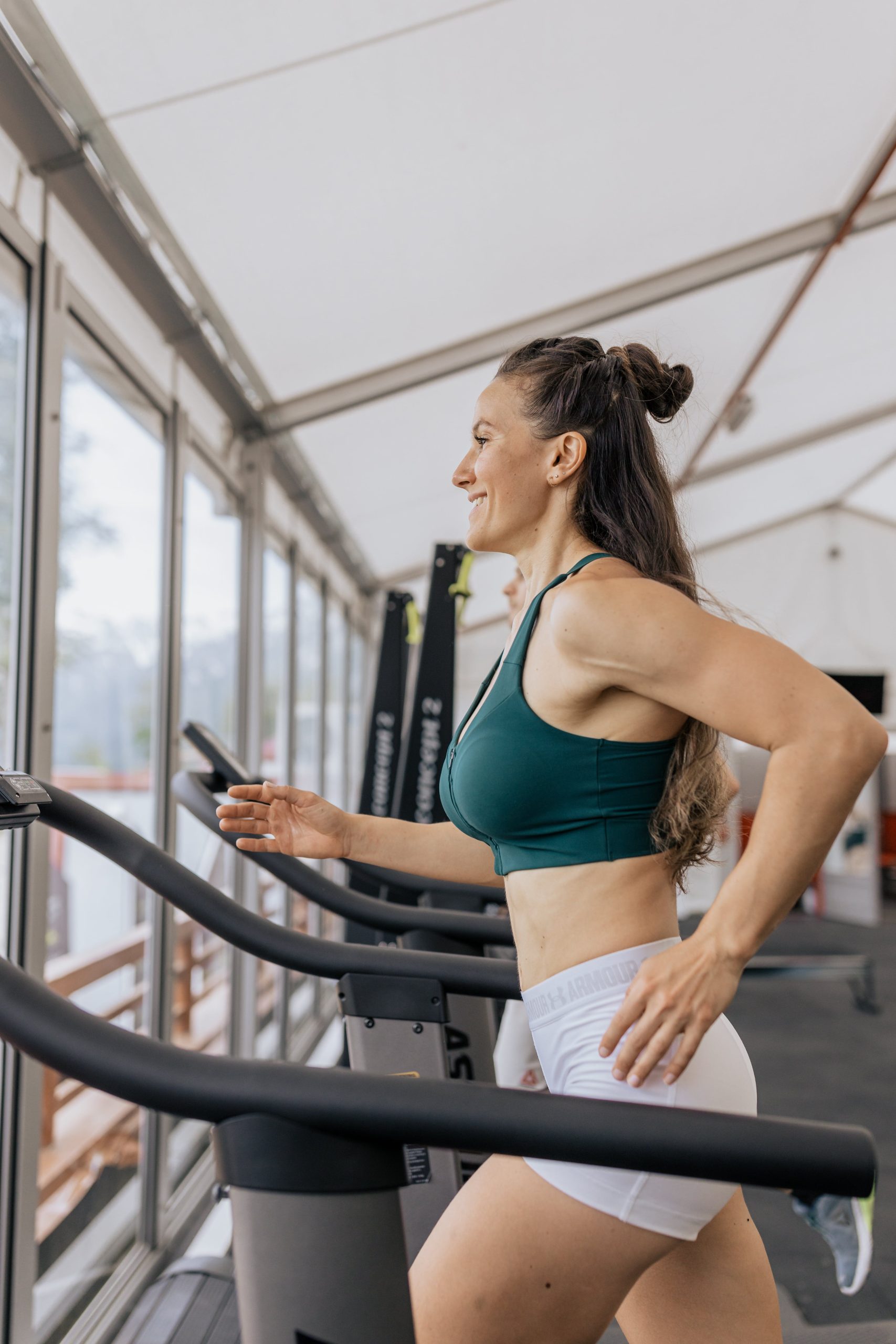Embarking on the journey through the Army Physical Fitness Test (APFT) is both a challenge and a milestone for aspiring and current members of the armed forces. This demanding evaluation is not just about gauging fitness but also about demonstrating the commitment and perseverance intrinsic to the military ethos. Familiarizing oneself with the schedule of the APFT is the first step towards successful navigation of its demands.
The APFT is a bi-annual benchmarking event that encapsulates the essence of military readiness through a test conducted every six months. Its purpose is to comprehensively evaluate and maintain the high levels of fitness that are synonymous with military duty. Consisting of push-ups, sit-ups, and a timed two-mile run, the test is crafted to challenge each participant individually while fostering a collective strength and camaraderie amongst the ranks.
This evaluation transcends the mere tracking of physical ability; it also nurtures the psychological resilience and enduring willpower that soldiers must possess. Through the lens of the APFT, the competitive spirit is kindled, paving the way for continuous personal development and upholding the indomitable spirit that defines a soldier.
Incorporating APFT preparation into routine physical training is essential for success. Early and consistent practice allows for incremental progress and a deeper understanding of the test’s requirements. While the APFT is designed for service members, its structured approach to fitness can be a blueprint for civilians and running enthusiasts seeking to enhance their own physical conditioning as well.
Understanding the Army Physical Fitness Test Components
Having established the APFT as a semi-annual event to measure the holistic aspects of military fitness, we delve deeper into its components. The Army Physical Fitness Test (APFT) is meticulously structured to assess the readiness to confront diverse physical demands. It consists of three pivotal tasks: push-ups, sit-ups, and a two-mile run, each of which probes different dimensions of an individual’s physical prowess. Together, these elements depict a soldier’s preparedness for the realities of military duty.
The push-up segment, which initiates the test, is an indicator of upper body fortitude and sustainable power. Over the span of two minutes, the goal is to execute the maximum number of push-ups with proper form, reflecting not only muscle strength but also the mental grit to persist under strain. Next, the core-defining sit-ups call upon the body’s central muscular system. Within the same time constraint, this phase is about the quantity and quality of sit-ups performed—signifying the foundational strength critical to a soldier’s stability.
The concluding two-mile run is a decisive measure of cardiovascular and muscular endurance, underscoring a candidate’s resolve and velocity continuity over a bearing distance. Recognizing performance in this concluding task is crucial for gauging one’s overall aerobic health and aptitude. Optimizing one’s regimen to excel across these disciplines serves not only in meeting the APFT standards but also in establishing a basis for enduring fitness and well-being that extends far from the parade ground.
Annual Timeline for the Army Physical Fitness Test

With the aim of maintaining the highest standards of physical fitness, the Army Physical Fitness Test (APFT) is conducted within a strategically mapped-out annual timeline. This timeline is integral to ensuring that soldiers can meet and surpass the demanding requirements that have been outlined in the previous section, focusing on the test’s key components of push-ups, sit-ups, and a timed two-mile run.
The cycle commences at the start of the year with an initial diagnostic evaluation, setting a performance benchmark for soldiers based on the APFT standards. Personalized training programs are then devised, targeting areas of improvement identified in this initial assessment, hence embodying a systematic methodology in enhancing physical fitness. As the year unfolds, a mid-year diagnostic follows, serving not only to monitor progress but also to refine training regimes to maximize performance gains pertinent to the test components.
In anticipation of the official APFT, there is a carefully planned tapering phase designed to prime both body and mind for peak performance. Typically, soldiers are tested twice a year, providing ample opportunities to exhibit the fruits of disciplined training. These results are not only critical in reflecting each soldier’s physical capacity but also have a considerable bearing on career progression within the military.
The training and testing schedule encapsulates not just a quest for meeting the set standards, but embodies a continuous pursuit of personal development and resilience. It aligns with our ethos at ‘Run Just for Fun’, where every step taken in preparation is part of a larger journey of personal achievement and the enjoyment derived from advancing physical excellence. As we progress to the next section on strategies to excel in the APFT, remember that the timeline for test preparation is a dynamic process, encouraging soldiers to embrace constant improvement and a profound sense of fulfillment in their military career.
Strategies for Acing the Army Physical Fitness Test

Embarking on the challenge of the Army Physical Fitness Test requires a fusion of stout determination, strategic preparation, and resilient spirit. Mastering the test components – the two-mile run, sit-ups, and push-ups – goes beyond mere understanding; it involves a tailored strategy where your goal transcends passing to outshine and outperform.
The two-mile run, while seemingly a straightforward endeavor for seasoned runners, demands not just pace but sustained stamina and endurance. By weaving into your regimen diverse running exercises such as sprints, extended jogs, and interval runs, you enhance both speed and durability. Find pleasure in the disciplined quest to surpass your previous records, and allow these incremental victories to fuel a passion that propels you to new heights with each daybreak.
For many, the sit-up section is a sleeper challenge, testing the steadfastness of your core. By integrating core-strengthening workouts, like planks, Russian twists, and leg raises, you lay a solid groundwork. A robust core is akin to a steadfast drummer, dictating the beat for the body’s concerted effort.
Push-ups serve as a solid metric for upper body fortitude and require committed practice. Incrementally amplifying repetitions and diversifying forms—including wide, narrow, and diamond push-ups—fortifies your upper body strength. Embrace the accompanying discomfort; it heralds the dismantling of previous limitations and the ascension of your personal benchmarks.
The route to conquering the APFT extends beyond a mere examination – it’s a reflection of your inner resolve. With each exertion and bead of perspiration, visualize your forthcoming triumph, turning the aspiration of success into a tangible outcome well within your reach.
Physical Training Programs to Prepare for the Test

Fabricating your arsenal for the Army Physical Fitness Test involves meticulous planning and dedicated execution of physical training programs. It’s not just about the robust action of tying your boots and marching into your physical drills— it’s about finessing your physique to meet the challenging requisites of the test.
Commence your regimen with focused cardiovascular conditioning. This should encompass a hybrid of extended, consistent runs to augment stamina and more succinct, explosive exercises to amplify aerobic power. Alongside the cardio work, integral strength training sessions are indispensable. Developing muscular fortitude underpins your skeletal structure, refines your operational economy, and helps skirt physical impairments. Integrate modalities like squats, lunges, and pivotal core workouts to infuse vigor and firmness into your every move.
Your strategic routine must also include an often undervalued element— flexibility. Implementing stretches and yoga practices will maintain and enhance the essential flexibility for streamlined movement shapes and aid in the avoidance of muscular rigidity or injuries. Starting with dynamic stretches prior to activity and culminating with static stretches thereafter can significantly ascend your physical readiness.
Furthermore, interject your program with rest and restoration periods. These segments are foundational, as they permit your system to mend and fortify. Acknowledge that mastery in the physicalities required for the Army Physical Fitness Test is a blend of exertion harmonized with repose and recovery.
Embrace a well-rounded training plan to not only condition your physique but also to gird your mind, kindling both resolve and commitment. This will pave the way to not just a mere participation in the test but towards excelling with distinction, carving your path to enduring fulfillment in each stride towards excellence.
Mental and Nutritional Tips for APFT Success

After focusing on a robust physical training program, your next step towards APFT excellence is nurturing mental resilience and nutritional balance. Nutrition is not just about eating; it’s about feeding your success. Integrate a diet rich in carbohydrates like whole grains, fruits, and vegetables to sustain your energy levels. Prioritize proteins such as lean meats, legumes, and dairy to facilitate muscle repair after your rigorous training sessions.
Staying hydrated transcends beyond your workout hours. Consistent water consumption is essential for optimal body function, aiding in everything from temperature regulation to joint lubrication. But your preparation goes beyond tangible sustenance. Cultivate mental strength with visualization and positive affirmations. Imagine yourself surpassing the challenges of the APFT with poise and conviction, and reinforce this vision with constructive self-talk and incremental goal-setting.
Building a resilient mindset is a continuous journey, reinforcing the mental and physical synergy that propels you towards APFT success. For further insights into mental strategies and bespoke nutritional advice that complements a runner’s regimen, discover more resources on our dedicated platform.
Conclude your training sessions by acknowledging the power of your mind-body connection. Each step forward is an opportunity to demonstrate your invigorated spirit and sharpened focus, as you unify your determination with the discipline necessary for excelling at the Army Physical Fitness Test.


